Swiss women settlers have their stories told
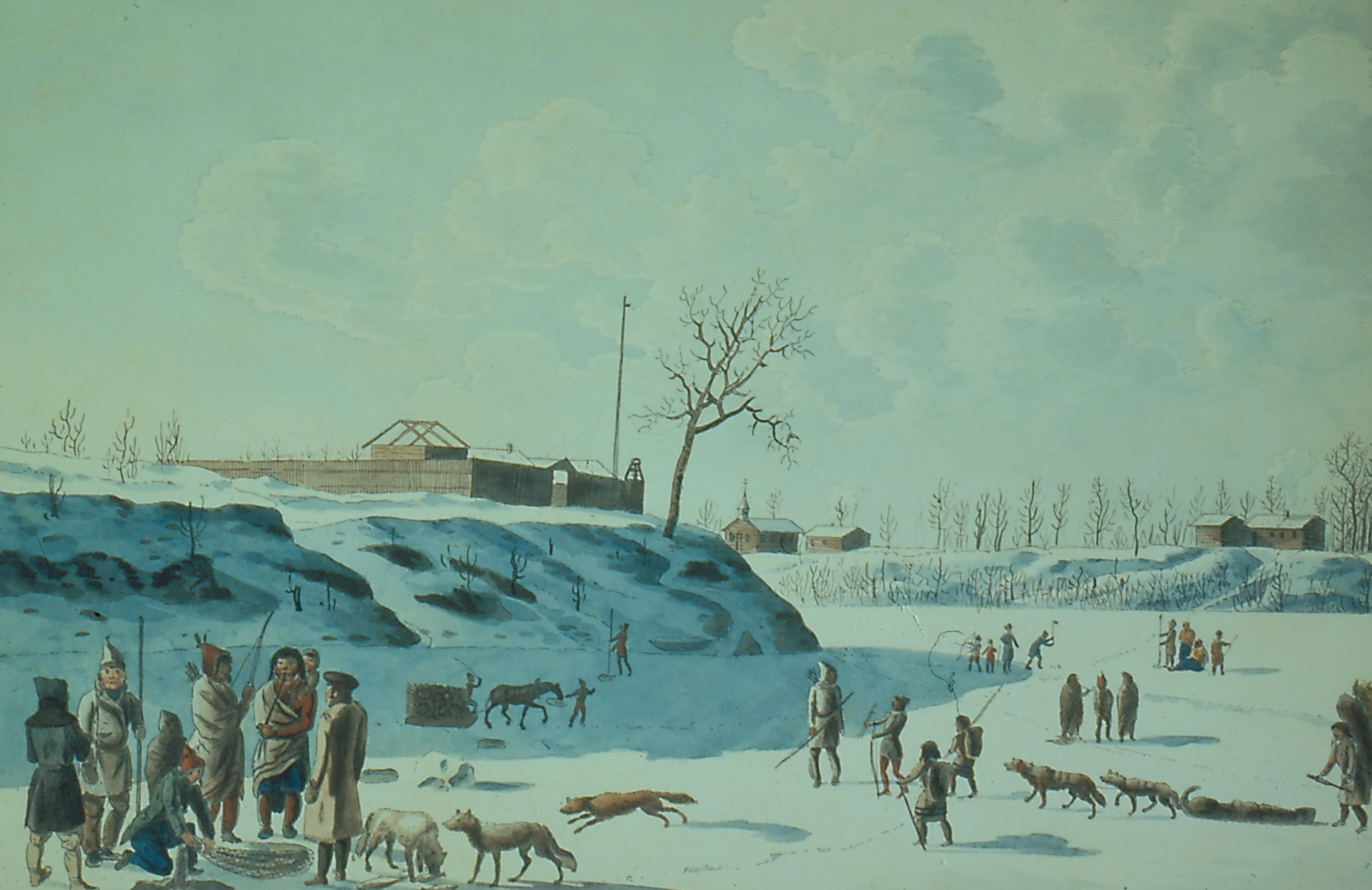
A 12-year-old Syrian bride poses beside her husband, a man old enough to be her grandfather. A continent and several generations away, on the frigid Canadian prairie, a 15-year-old Swiss immigrant prepares to marry a soldier.
Both scenes have been staged but are based on very true stories.
The video of actors playing the young Syrian bride and old groom is shot on a boardwalk in Lebanon as part of a campaign by an NGOExternal link to combat the practice of child marriages.
Such contemporary stories gave writer Therese BichselExternal link the idea to write a historical novel about forced marriages experienced by Swiss girls and young women nearly 200 years ago.
In Überleben am Red RiverExternal link (Survival on the Red River), the novelist forgoes the classic approach of describing the fortunes and misfortunes of European settlers in North America through the eyes of men. Instead, Bichsel brings to light the largely untold stories of women.
We’re sitting in the author’s tidy flat in a leafy district of Bern. She tells me about the choices she made when crafting her novel, and the challenge of surfacing sufficient details about the women and girls to be able to write knowledgeably about them.
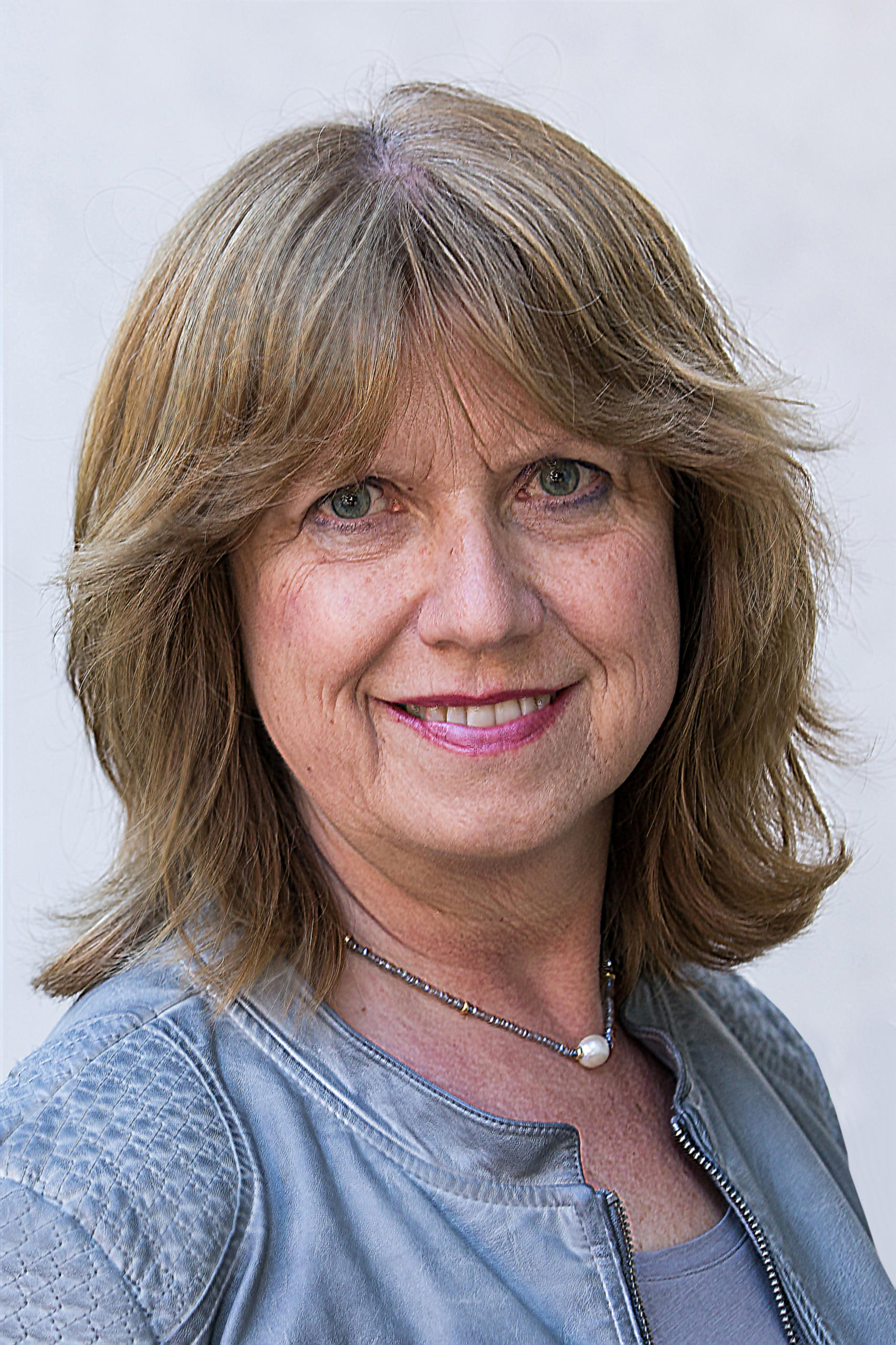
Duped into desolation
The story is about the ill-fated migration in 1821 of a group of Swiss settlers to the Red River Colony, an area that today straddles the Canadian province of Manitoba and the American states of Minnesota and North Dakota.
The approximately 170 men, women and children – mostly struggling farmers and tradespeople – were enticed to leave Switzerland for the settlement by a conniving army officer. Captain Rudolf von May sought to pay off his mounting debts through the recruitment of unwitting compatriots.
Instead of travelling to a fertile land where, the captain promised, rich harvests of grains, vegetables and fruit could be expected, they arrived at a desolate outpost at the start of a harsh winter, with no available housing and the settlement’s provisions nearly exhausted.
Chasing history
Bichsel divides her time between Bern and a resort town in the Alps. The Swiss capital was also the city of Rudolf von May, and the hometown of one of the settler families. The archives where Bichsel conducted part of her research is here, too.
The writer shuttles between Bern and Interlaken by train. It’s a swift journey. Within minutes she’s outside the city limits and into the verdant Aare river valley, where snow-capped peaks rise in the distance.
Along the way, the train passes orderly villages tucked into the hillside, including one where another Red River settler family, the Rindisbachers, originated. The times were very different when the Rindisbachers lived here. They were impoverished due to a series of poor harvests, and therefore susceptible to the agenda of the debonair army officer.
“Because we have good lives with lots of opportunities, we tend to forget that even up to only 100 years ago many Swiss farmers had to emigrate to find a better life,” Bichsel notes.
The author had at her disposal an abundance of documents about the history of the destination of the Rindisbachers and other Swiss in 1821: The Red River Colony, or Red River Settlement as it was also known. There is a wealth of information available online and – thanks to being a native German speaker – Bichsel had access to archives about the conditions in Switzerland at the time, as well as the original reports and letters written by von May and returning settlers.
She also uncovered a detailed account of an elderly womanExternal link who was among the party of Swiss immigrants. Ann Adams (née Scheidegger) was only 11 years old when they arrived in the colony.
Adams describes the voyage from Switzerland and her years in the settlement, including a short chapter titled, “A Sharp Competition for Wives”. It details how the Swiss weren’t in the colony more than 24 hours before the soldiers “began to flock in, each eager to get a wife”.
Forced marriage
As a child at the time, Adams admits she understood little of the settlers’ predicament. Bichsel picks up where she left off, and, using a novelist’s artistic licence, paints a fuller picture of what it must have been like for the women and girls forced into marriage.
Her main protagonist is Elisabeth Rindisbacher. Twenty-one years old, she is not an underage bride like some of her fellow Swiss but, as Bichsel writes, she must nonetheless accept marriage to a soldier, a sacrifice she makes so her family – homeless in the settlement – can move into the man’s modest dwelling.
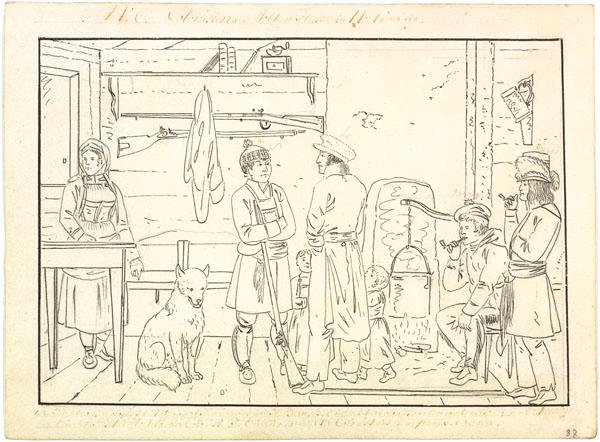
She chronicles how Elisabeth loses her virginity to her husband, who was still a stranger on their wedding night, how she became subservient to him and what it was like to give birth in the pioneering settlement.
In one chapter, Elisabeth dreams of being back in Switzerland:
She is on a farm in the village of Eggiwil. The fields are green. It’s springtime. Jakob (her first love) is the man at her side. She hears him snoring and reaches for his hand. When she opens her eyes, she finds it belongs to another man lying beside her.
“This is not my first book about the lives of women. I had to dig into the archives, and if you dig down far enough you find material,” Bichsel tells me.
“Usually the men are documented. You only find their names at first, but if they have a family you look further to find details about their wives and children, and – connected to some well-known men – I uncovered some facts about women.”
Peter Rindisbacher
The settler who is best remembered is Elisabeth’s brother, Peter Rindisbacher. A teenager at the time, Peter proved to be an exceptional artist, becoming one of the first to accurately depict scenes from the settlement and the daily life of First Nation peoples. For that reason he maintains an important place in the history of Canadian art.
Bichsel describes the young painter as the only Swiss to have seen beyond the hardships, one who relished the new world he found himself part of, his inquisitiveness towards the aboriginal peoples, and the opportunities to develop his craft.
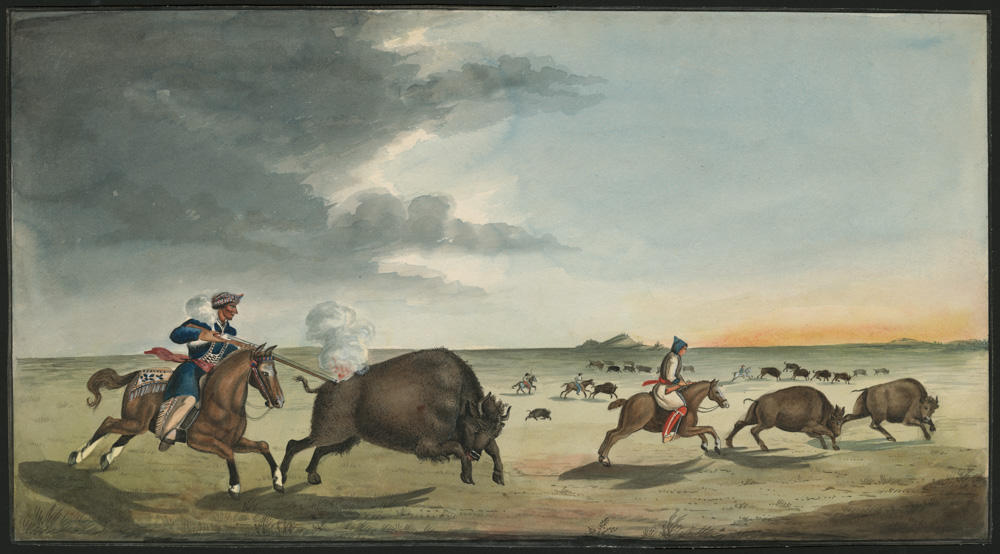
Yet it was the author’s decision to shine light on the women, to remove them from the shadows of history, that led her to tell the story first and foremost through the eyes of Peter’s sister, Elisabeth, as well as the young Anni Scheidegger.
Gold watch for food
Bichsel evokes a scene the 77-year-old Ann Adams witnessed as 11-year-old Anni, when the Swiss settlers were facing starvation during the first winter. Instead of accepting money for food, an Englishwoman demands Anni’s mother’s gold watch:
Father looks at mother. Tears are running down her cheeks, but she nods, takes a last look at the watch and hands it to the Englishwoman, who lets it disappear into her apron pocket without a word.
After only five years, the last of the Swiss had moved south. The final straw was a flood that swept away their homes, and nearly destroyed the entire settlement. The experience of the Swiss is but a footnote in the history of the Red River Colony.
The colony grew slowly but steadily after the devastating flood, and its farmers were able to increase their crop yields, primarily wheat, year after year. Red RiverExternal link is best remembered for the attention it gained a few decades later, in the late 1860s, when it became involved in a tug of war between the new nation of Canada and the US.
As a final question, I ask the author if she would consider migrating to Canada – something she thought about at an earlier stage of her life – with the knowledge she now has of the hardships of early settlers, and the severe winters they endured. She replies that “it’s the only country where I would think of emigrating”.
She explains that when she visited the country to do research for her book, she had the impression that Canada was more tolerant to immigrants than the United States. “And an impression of freedom, to lead the life you want to lead.”
How times have changed.

In compliance with the JTI standards
More: SWI swissinfo.ch certified by the Journalism Trust Initiative


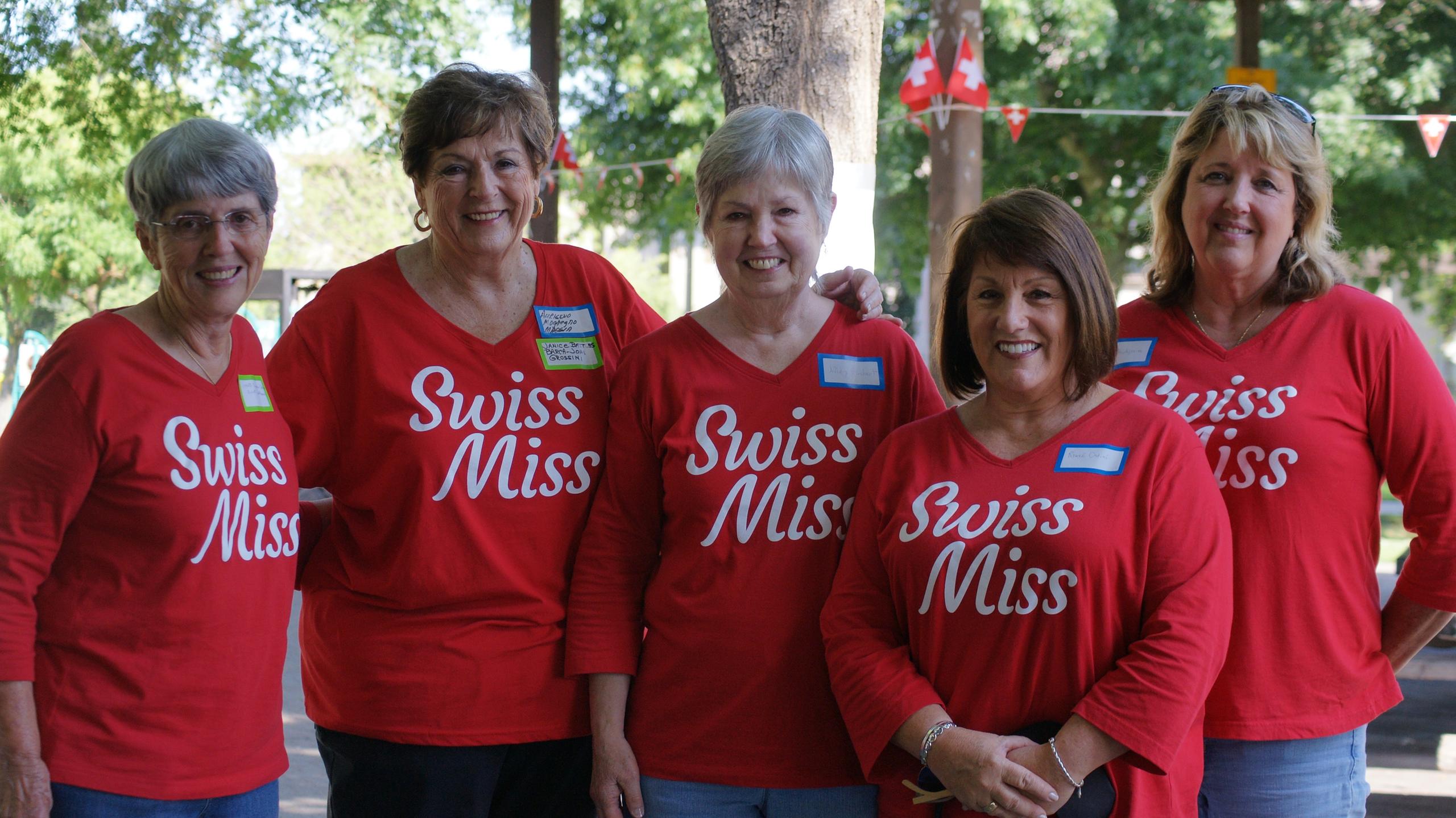
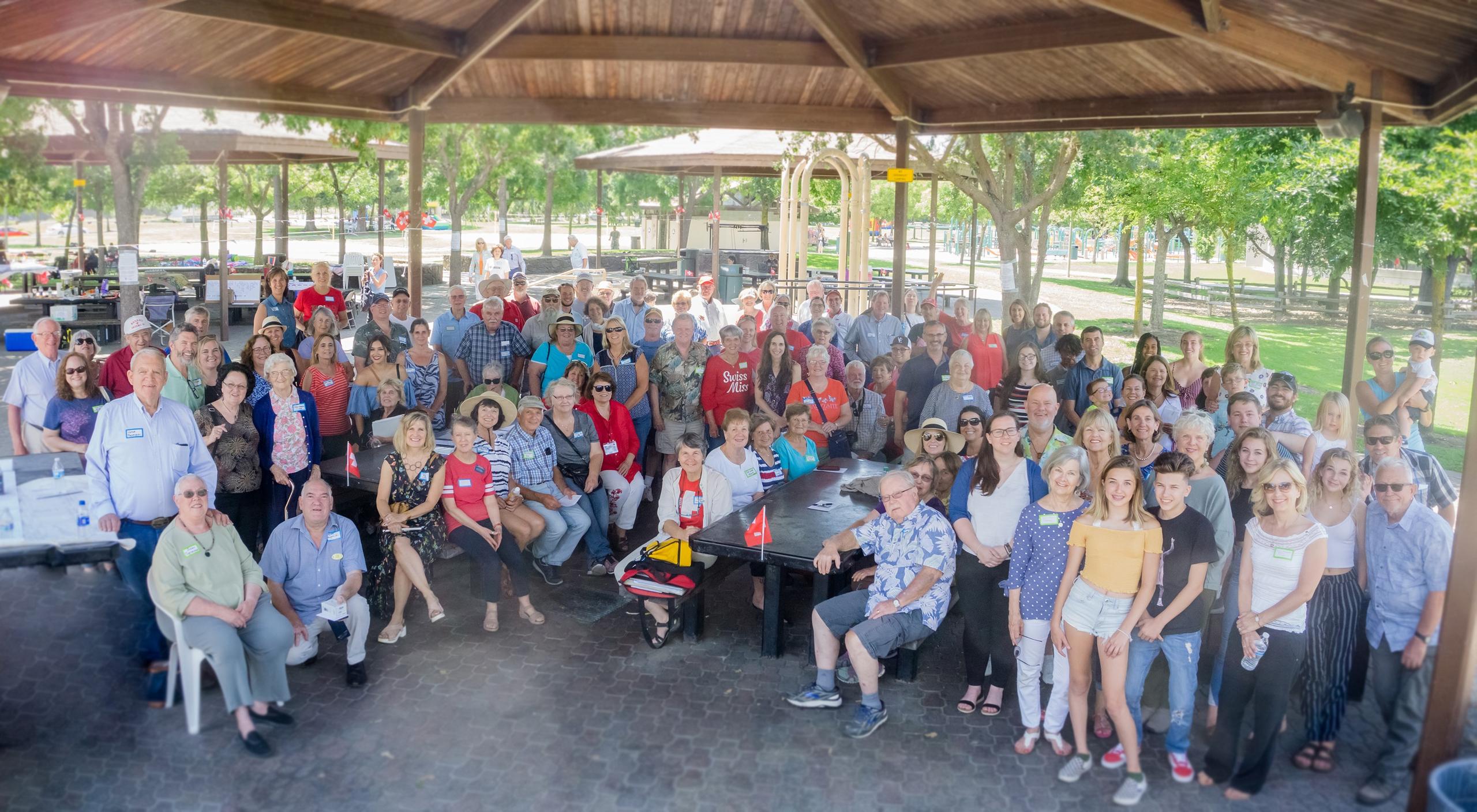

You can find an overview of ongoing debates with our journalists here. Please join us!
If you want to start a conversation about a topic raised in this article or want to report factual errors, email us at english@swissinfo.ch.